Laser marking or Thermal Inkjet Printers, that is the question. It is a reasonable question to ask when you are about to choose a technology for coding and marking products or packaging. The packaging market has evolved and nowadays we have several technologies such as labels, but in this article, we will focus on inkjet and laser.
As a manufacturer of high-resolution (piezo) inkjet and thermal inkjet printers, we like to say that inkjet is the right choice. But the truth is that it depends. It depends on the application, the surface or the message required to identify our products or packaging with.
Before we get into the subject, let's be clear about what each technology consists of:
-
The laser projects a beam that is slightly incident on the surface. In this way, the surface is heated and, depending on the exposure time, the color of the material changes, a contrast is created or the material evaporates/burns.
-
Inkjet printers, on the other hand, inject ink onto the surface without the printhead making contact. The composition of the ink may vary depending on the material of the surface to be identified, as well as the most suitable technology for each application (CIJ, TIJ, High Resolution...), but the philosophy is the same.
In this article we will focus on high-resolution piezoelectric and thermal injection printheads.
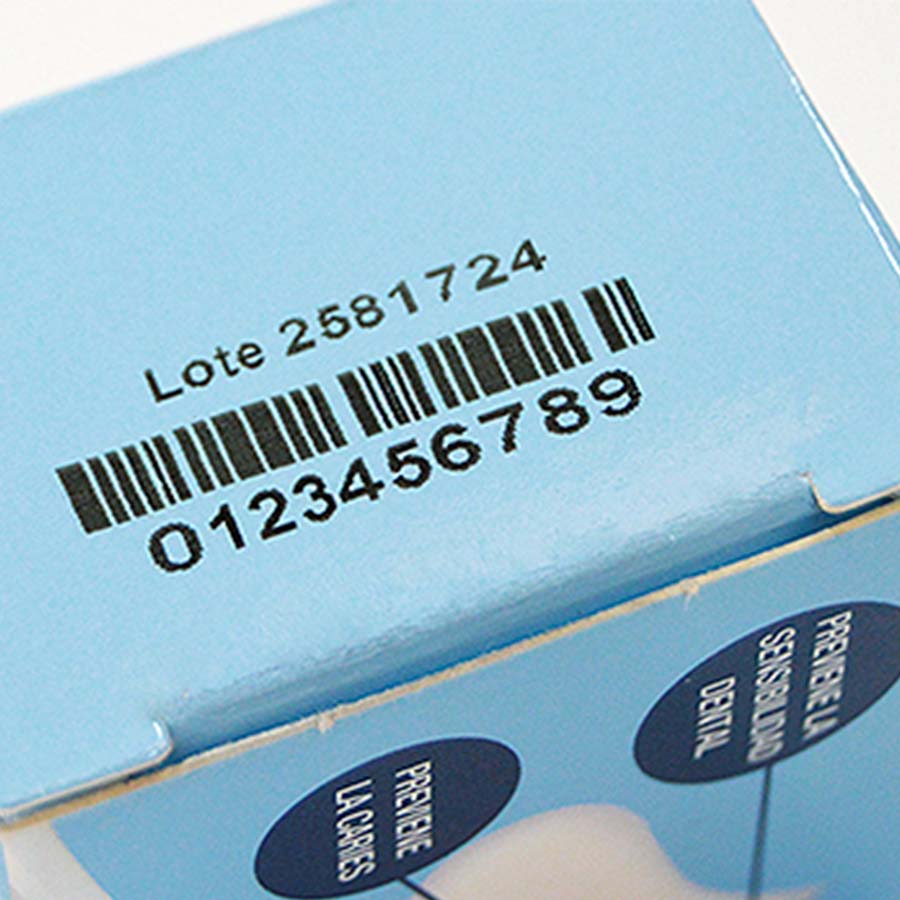
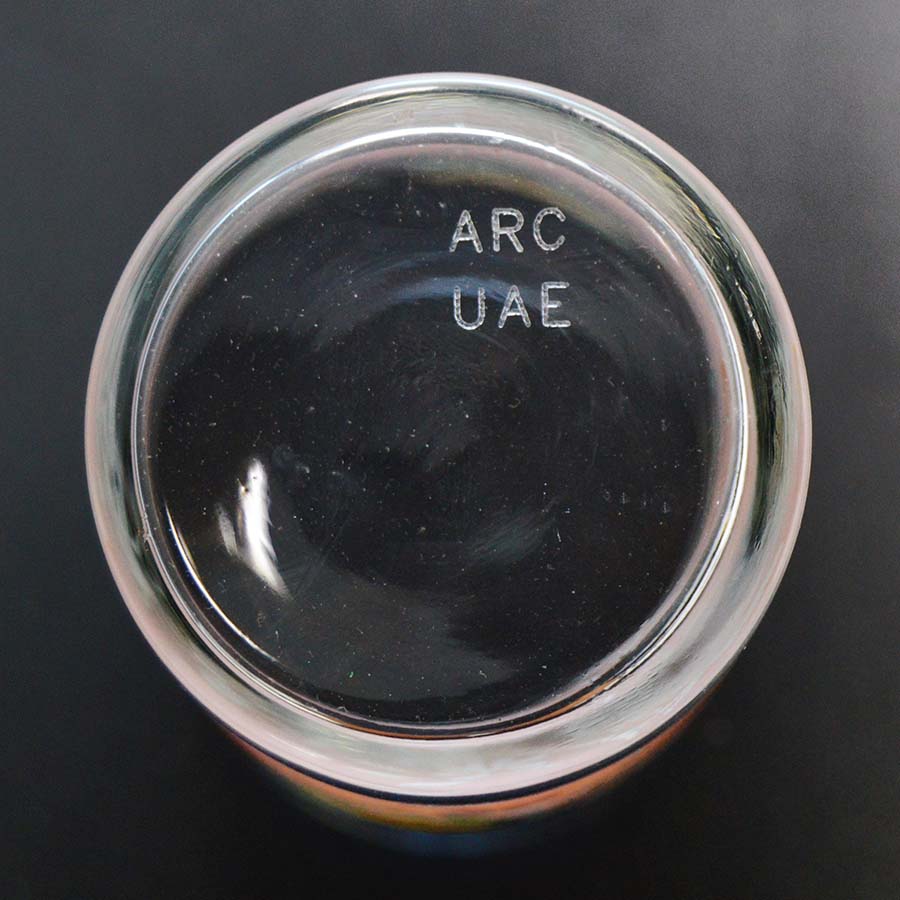
Inkjet printer application (on the left) and laser application (on the right)
Purchase decision: Inkjet printers vs. laser markers
Undoubtedly, one of the critical importance points in the decision-making process when purchasing coding and marking equipment is the price, the initial investment.
Related to the price of the equipment you decide to invest in is the cost savings, which is nothing more than the cost per print compared to other technologies.
Another vital aspect that will justify the initial investment is compliance with line and message requirements. That is, the printing speed and the quality of the result, the printing quality, since poor identification can generate incalculable losses in the logistics process.
Closely linked to the previous point, the integrability of the equipment with the rest of the elements of the line will make the difference. The possibilities of communication with the rest of the elements of the plant and the simplicity in doing so.
Finally, a concept that is increasingly linked to productivity: maintenance. A down machine does not produce and that can mean high costs for the company, so this point is increasingly important in the relentless reality of the industry.
Having clarified these six critical issues for decision making, let's move on to the analysis of the technologies: Laser marking and industrial inkjet printers.
The advantages and disadvantages of laser markers
Laser is a clean and precise technology that uses no consumables. You just buy the equipment and plug it in, as it were. This could justify a more significant initial investment.
In addition, it is a solution for marking non-porous surfaces (glossy cardboard, varnished surfaces, metals, plastics, etc.), on which it generates good contrast, and curved surfaces, since the distance between the equipment and the product can vary slightly and still obtain a quality result.
One of the main disadvantages of the laser is its lack of flexibility. Not of the technology, but of the equipment purchased, since this is linked to the result or the message required. If at some point it is decided to change, not only the material in which our products are packaged, but also the message with which to identify them, it is likely that it will be necessary to change lenses or, in the worst case, to purchase new equipment.
With regard to the message, the limitations of laser marking must be taken into consideration. On the one hand, the result is linked to the surface to be identified. This is especially limiting when identifying products by barcodes, since legibility will be compromised or we will be forced to design negatives to avoid traceability problems. On the other hand, as far as message personalization is concerned, with laser there are no colors or gradients, so the images to be incorporated must be solid icons.
As for the initial investment, we must take into account the increase in the cost of electricity consumption to analyze the feasibility and return on a laser project.
Finally, despite being a clean technology, we cannot overlook the fact that marking with this technology is based on burning the surface of a material, which inevitably generates fumes and odors that it is usually advisable to conduct through an extractor.
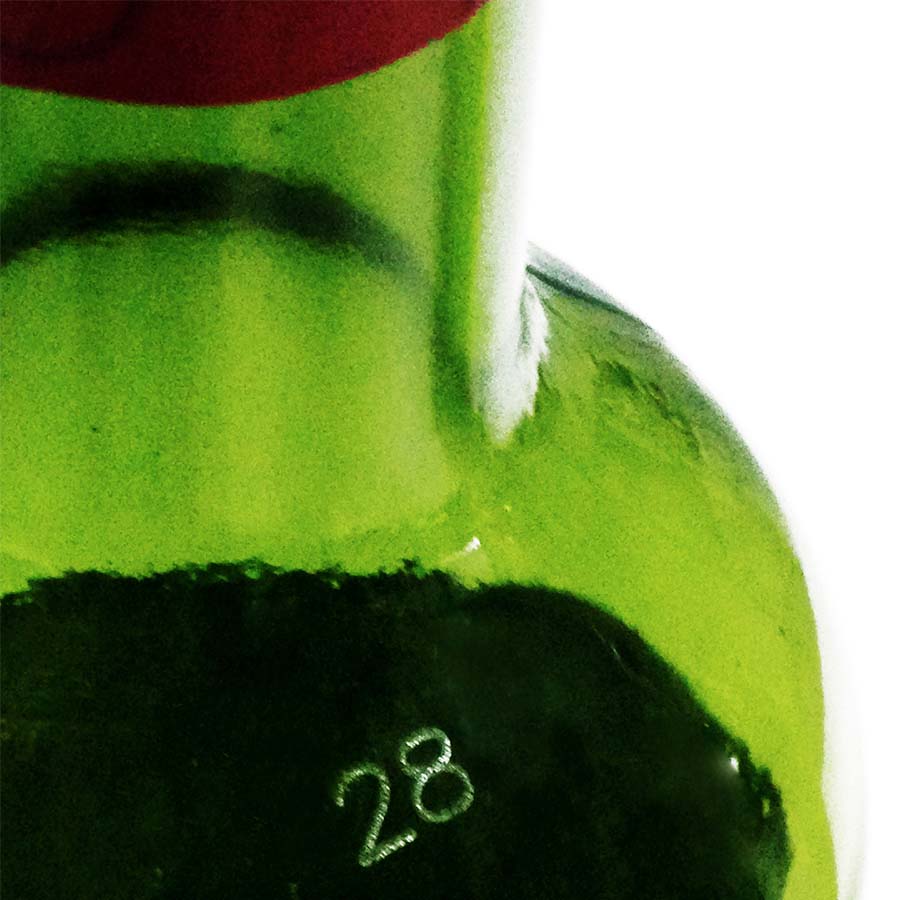
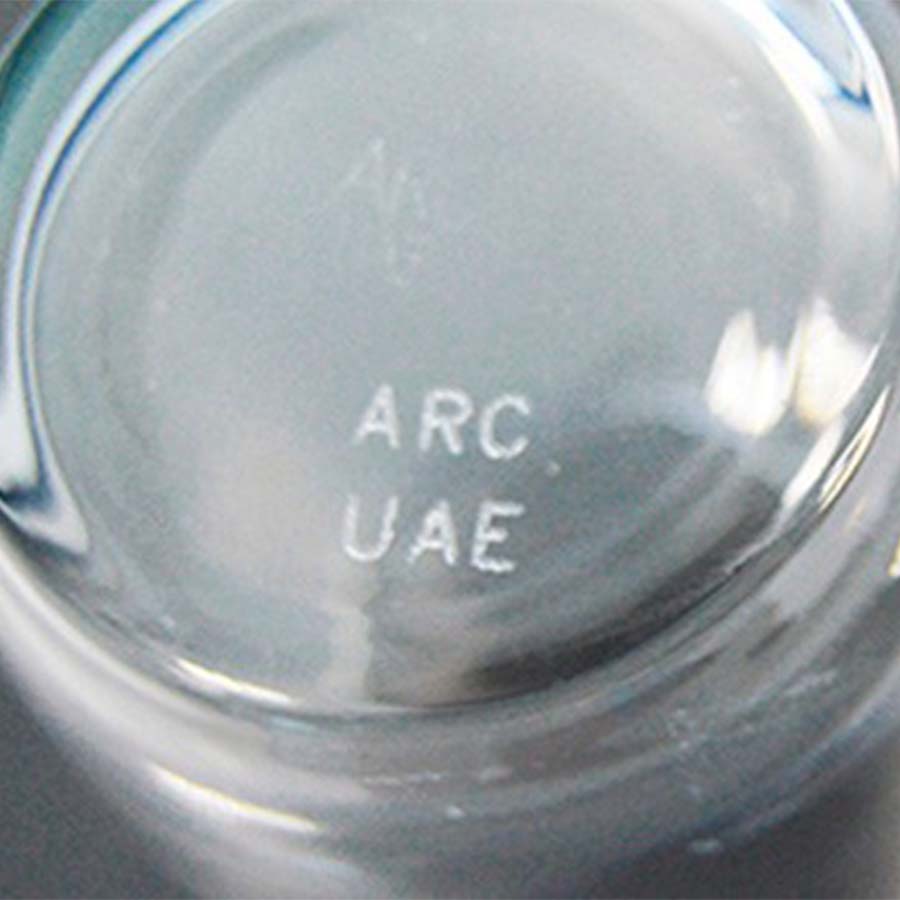
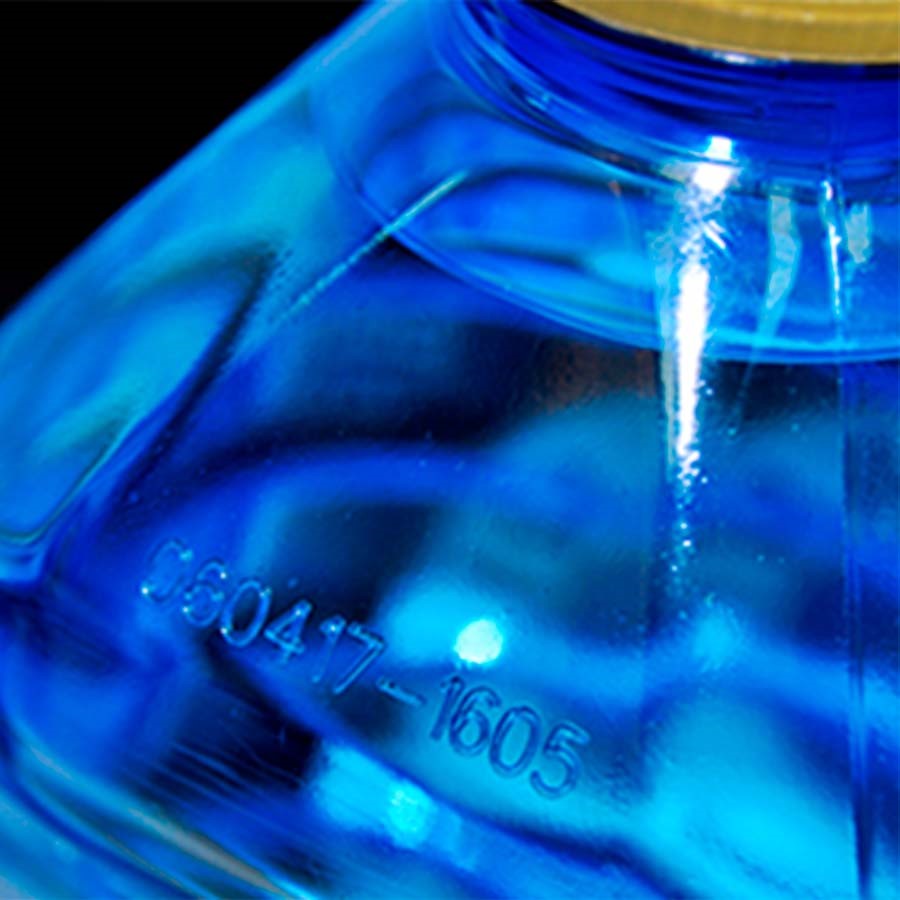
The advantages and disadvantages of industrial inkjet printers
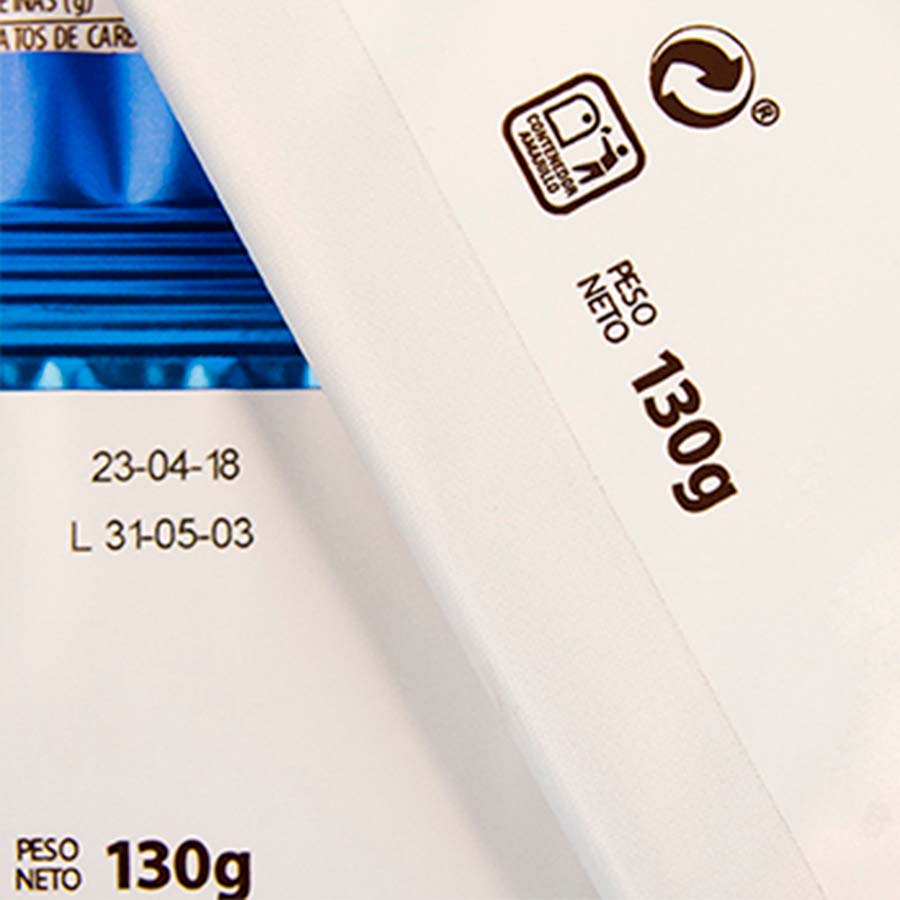
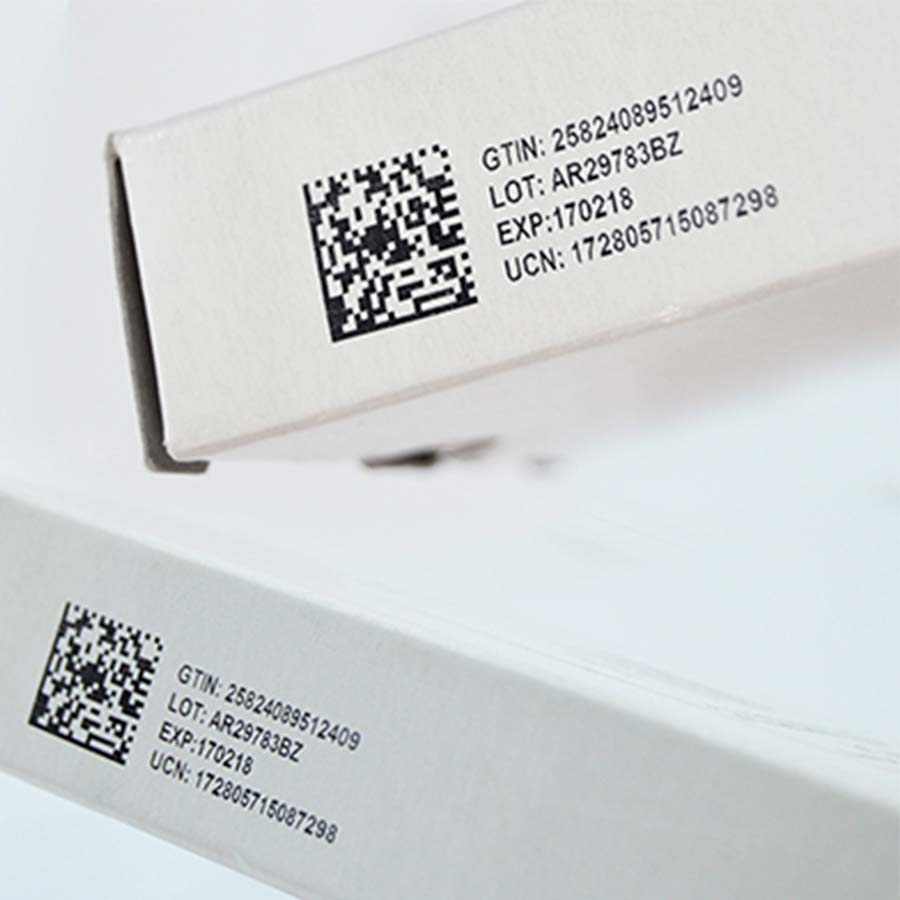
Inkjet is a tremendously flexible technology that allows both porous and non-porous surfaces to be identified in compliance with GS1 standards. The printers allow the horizontal resolution of the messages to be controlled, so that less or more contrast can be generated depending on whether the surface of the package is darker.
Another interesting point for production managers is their low maintenance, both in favorable and hostile environments. Once started up, the equipment does not require daily maintenance, only occasional purging to ensure the best print quality.
The flexibility offered by the inkjet comes at a price, and this is its consumable, the ink. In addition, the surface to be marked will determine the type of ink to be used (oil-based, solvent-based, UV ink, etc.).
An essential accessory for coding non-porous surfaces is the UV curing lamp, which increases the final price of the equipment, but ensures an optimum and long-lasting result on any surface.
Laser coder or inkjet marking, the decision
The price of an inkjet printer is substantially lower than that of a laser for coding. However, we must bear in mind that printers have an associated consumable cost, the ink. However, if at some point we decide to change the packaging of our product, all we have to do is change the ink (after emptying the previous ink circuit) and it does not require the purchase of other equipment.
As far as cost savings are concerned, aspects such as United Barcode Systems' CPE (Contrast Per Element), incorporated in the APLINK HRX, are increasingly reducing the cost per print, whereas the disadvantage of laser equipment is still power consumption.
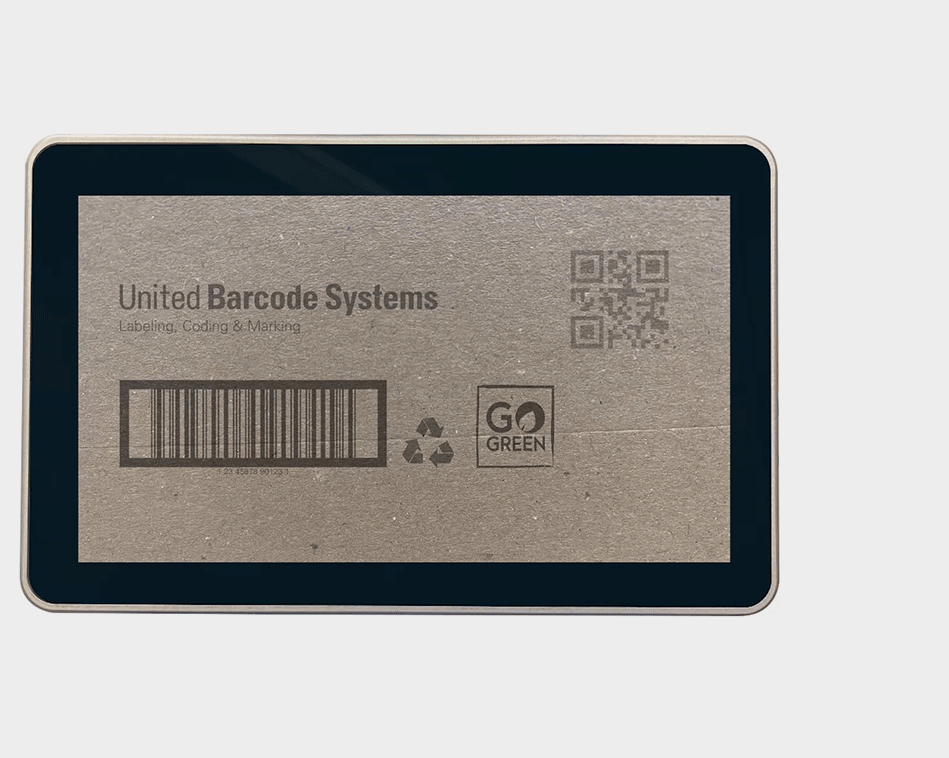
Both technologies are sufficiently developed to meet the most demanding speeds, although each has its own optimum applications. As we have seen, for elaborate messages with bar codes, QR or images (common in secondary packaging), inkjet equipment offers much better print quality and resolution, while for alphanumeric text, expiration dates or batch numbers (more typical of primary packaging), laser can cope with the higher cadences.
Another major difference is that printer heads must be, not in contact, but very close to the surface to be identified, whereas lasers can do so when the distance varies slightly (e.g. bottles or cans).
Hostile environments are a challenge for any identification solution provider. In this regard, laser equipment can require more maintenance than inkjet printers. With short, periodic purges, they return to full performance in very dirty environments, and humidity or temperature is not a problem for heated printheads.
In other maintenance-related aspects, inkjet printers do not require daily care and format/message changes are not a problem. Lasers, on the other hand, do not require daily maintenance (beyond fume extraction), however, format/message changes may require a change of lenses or, in the worst case, the purchase of more powerful equipment.
It would be very risky to recommend a solution without knowing the project in depth. As we have seen, each technology has its advantages and these can be decisive aspects for some companies while insignificant for others. Therefore, if you have any coding and marking needs and you are unsure about which technology best suits your requirements, we invite you to make an appointment with our consultants. From this point on, the decision is yours.
Shall we schedule a video call to get to know your project and be able to suggest the most suitable solution?

